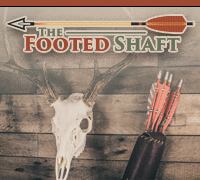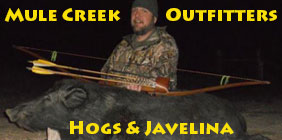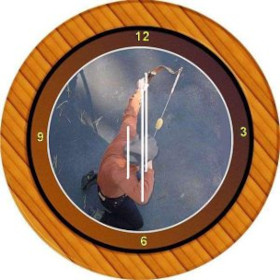While there are levels of tuning one can do beyond bare shaft testing, bare shaft testing is sufficient for my needs. I'm satisfied with pretty close to perfect nock right or nock left deviation, say + or - 1*. I'm satisfied with 3-4* nock high; in fact I prefer it to nock level because slight nock high provides more fletching clearance. I have to be careful about what I am “satisfied” with, because I don't want to be satisfied with false weak or false nock high, even if within my guidelines as stated above, because false indications resulting from shelf or strike plate bounce contribute to inaccuracies more that an equivalent true weak or nock high would. So I always experiment around on each side of my bare shaft results until I convince myself that what I am observing is a true reading.
What is interesting is when the normal adjustments to nock height and dynamic spine do not produce the desired results. This seems to be very bow specific, like dog training, where some react very well to the usual methods while others balk at them. In those cases, I have to look outside the box, at brace height, quill contact, bowstring type and/or silencer position, relative finger pressure on the string, strike plate and shelf rest material, and brand or diameter of arrow. One occasionally finds that the static spine or weight of the bare shaft is different from the static spine or weight of the shafts used for fletched arrows, particularly with carbon arrows, due to changes between batches or because you just happened to choose an strange one for your bare shaft. I have a bow I am working on right now where two twists of the bow string make the difference between a bow that can be tuned to level arrow flight and one that can't be tuned below 10* nock high.
I guess if all else fails, you can always blame the tiller, which can't be adjusted on most trad bows, and therefore makes a useful scapegoat.














